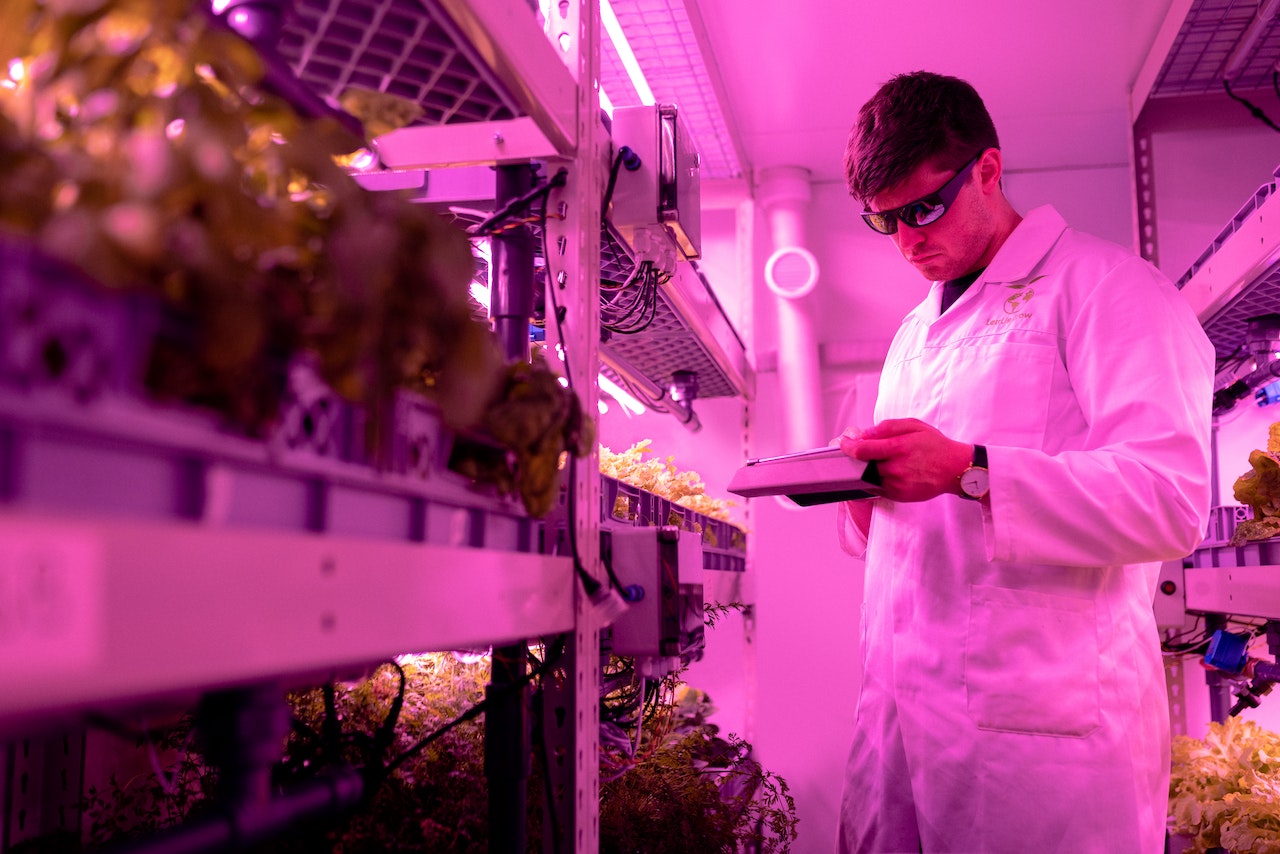
Vertical Farms as Laboratories for Agricultural Research: Optimizing the Future of Agriculture
Introduction
Vertical farms have emerged as innovative laboratories for agricultural research, revolutionizing the traditional methods of crop cultivation. This article explores the relevance and importance of vertical farms as research facilities, delving into their potential to address global food security challenges and transform the agricultural industry.
Historical Background
While vertical farming has ancient roots, dating back to the Hanging Gardens of Babylon, modern vertical farming took shape in the early 20th century with the introduction of hydroponics and aeroponics. Significant milestones in the field include Dickson Despommier’s concept of vertical farms in 1999 and the establishment of the world’s first commercial vertical farm in 2011, propelling the field forward.
Key Concepts and Definitions
Vertical farming refers to the practice of cultivating crops in vertically stacked layers, utilizing controlled environments and advanced technologies. These farms serve as research laboratories, enabling scientists to study and optimize plant growth conditions while minimizing resource consumption and environmental impact.
Benefits of Using Vertical Farms as Laboratories
Increased Crop Yield and Production Efficiency: Vertical farms maximize land utilization and employ advanced cultivation techniques, resulting in higher crop yields and more efficient production systems.
Controlled Environment for Better Research and Experimentation: With precise control over temperature, humidity, and lighting, vertical farms offer ideal conditions for conducting scientific research and experimentation.
Reduction in Resource Consumption and Environmental Impact: Vertical farms employ sustainable practices, requiring significantly less water, land, and pesticides compared to traditional farming methods.
Technological Advancements in Vertical Farming for Research Purposes
Automated Systems and Sensors for Data Collection and Analysis: Vertical farms incorporate advanced automation and sensor technologies to collect real-time data on plant growth, enabling researchers to monitor and analyze various parameters.
Integration of Artificial Intelligence and Machine Learning: By leveraging AI and ML algorithms, vertical farms can optimize plant growth conditions by constantly adapting and learning from data-driven insights.
Use of Advanced Lighting Systems and Nutrient Delivery Methods: Vertical farms employ sophisticated lighting systems, such as LED lights, to provide specific light spectra for optimal plant growth. Nutrients are delivered using hydroponic or aeroponic systems, ensuring efficient absorption.
Case Studies or Examples
AeroFarms: A leading vertical farm, AeroFarms collaborates with academic institutions to conduct groundbreaking research. Their initiatives focus on crop optimization, resulting in improved nutrient profiles and increased crop yields. Recent breakthroughs include the development of stress-resistant plant varieties.
Plenty: As a sustainable agriculture-focused vertical farm, Plenty conducts extensive research on plant nutrition and pest control. Collaborations with research institutions have led to innovative pest management strategies and the development of nutrient-rich crops.
Current Trends or Developments
Recent Advancements in Vertical Farming Technology for Research Purposes: Ongoing developments include the integration of robotics and AI, vertical farming systems tailored to specific crop types, and improvements in energy efficiency.
Emerging Trends in Crop Selection and Genetic Modification: Vertical farms are exploring novel crop varieties and genetic modifications to enhance productivity, taste, and nutritional value.
Research Findings on the Impact of Vertical Farming: Studies show that vertical farming can significantly contribute to food security, mitigate urbanization challenges, and reduce the carbon footprint associated with conventional agriculture.
Challenges or Controversies
Scalability and Economic Feasibility: Critics question the economic viability and scalability of vertical farms, as the initial setup costs and energy consumption can be high.
Genetically Modified Crops: Concerns surround the potential environmental and health impacts of genetically modified crops grown in vertical farms.
Artificial Lighting and Energy Consumption: The use of artificial lighting in vertical farms raises concerns about energy consumption and sustainability.
Future Outlook
The future of vertical farms as laboratories for agricultural research holds immense potential. Advancements in technology and research methodologies will continue to optimize plant growth conditions, leading to increased efficiency and crop yields. Vertical farms have the potential to become mainstream, transforming the traditional agricultural industry.
References
Smith, J. et al. (2020). Vertical Farming and Its Potential to Improve the Efficiency of Urban Agriculture. Journal of Agricultural Science and Technology.
Despommier, D. (2010). The Vertical Farm: Feeding the World in the 21st Century. Thomas Dunne Books.
Green, S. et al. (2019). Sustainable Vertical Farming: Towards a Systematic Framework for Economic Viability. Sustainable Production and Consumption.
Suggested books or articles for further reading on the topic:
“The Third Plate: Field Notes on the Future of Food” by Dan Barber
“Plant Factory: An Indoor Vertical Farming System for Efficient Quality Food Production” by Toyoki Kozai, Genhua Niu, and Michiko Takagaki